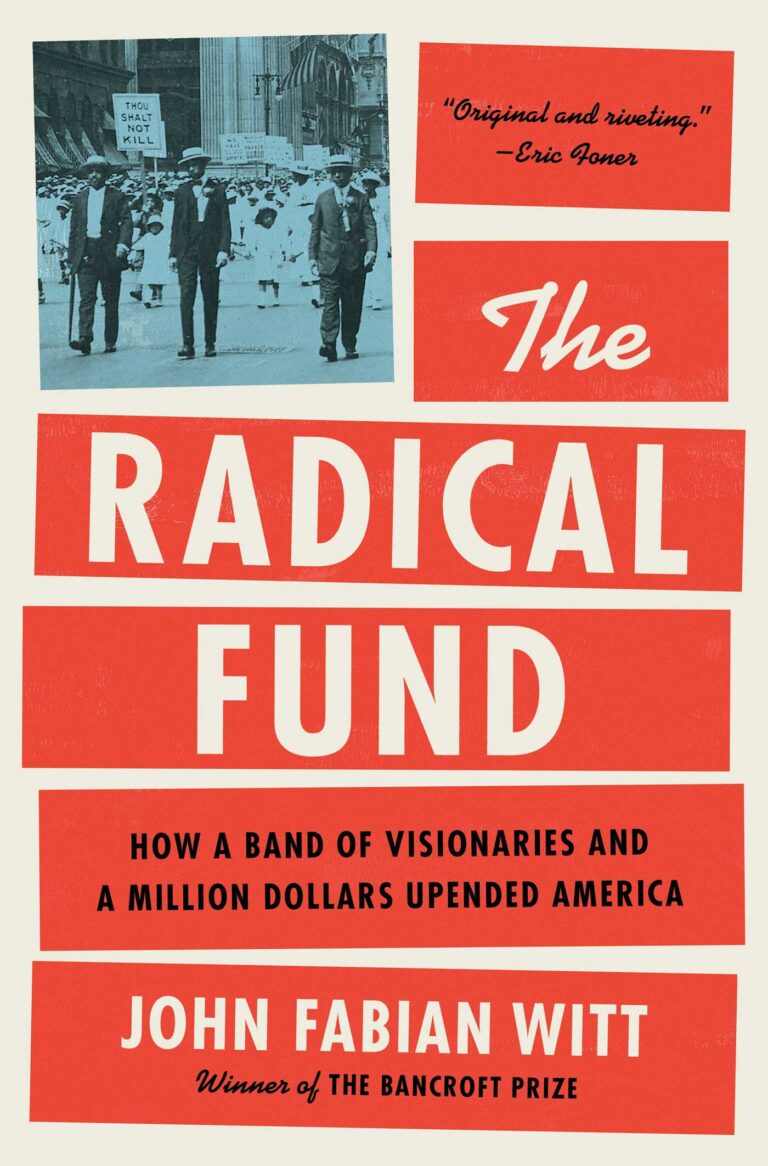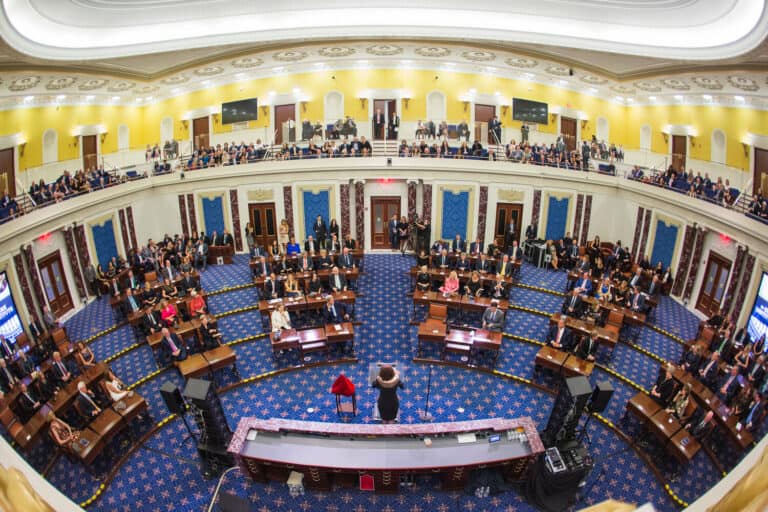Jake Rosenfeld is Associate Professor of Sociology at Washington University-St. Louis. He is the author of What Unions No Longer Do (Harvard University Press, 2014). For more on his work, see www.jakerosenfeld.net.
Jake Rosenfeld is Associate Professor of Sociology at the University of Washington and Co-Director of the Scholars Strategy Network Northwest. His book on the consequences of labor union decline, What Unions No Longer Do, is available from Harvard University Press. This post is the next in a series on progressives and public sector unions—the entire series is available here.
Dmitri Mehlhorn has eloquently presented the case against public sector unionism, raising important questions about its costs and implications for the future of the labor movement. In his most recent post, for example, Mr. Mehlhorn takes issue with the argument that public sector unions have contributed to “social justice” and “prosperity” in the U.S. Instead, he contends that the demands public sector unions place on government coffers “increase the cost and reduce the availability of public services,” thereby hurting the disadvantaged more than others given poor Americans’ disproportionate reliance on public services. But this notion that public sector unions hurt the poor gets the true relationships between poverty, the public sector, and organized labor all wrong.
If mid-1970s New York City—one of Mr. Mehlhorn’s examples—was a representative case of what public sector unions do to jurisdictions in which they are powerful, then we’d expect to find similar patterns today. Of the ten states with the highest public sector unionization rates, seven have poverty rates below or at the national average. Of the ten states with the lowest public sector unionization rates, meanwhile, seven have above-average poverty levels. Is this decisive evidence that strong public sector unions cause lower poverty? Of course not. But it’s certainly not the pattern one would expect to see if public sector unions increased the cost and reduced the availability of services to the poor.
Other research is more dispositive: in a comprehensive statistical examination of what causes household poverty in the U.S., sociologist David Brady and his colleagues find that two key predictors of lower poverty is state-level unionization and working in the public sector. That is, households with a member in the public sector are less likely to be poor, and households in highly-unionized states are less likely to be poor, net of a range of other important factors influencing poverty. Reflecting on rising attacks on public sector unions, the authors conclude that, “Even if deunionization reduces public sector costs, the resulting increase in working poverty may lower tax revenue as well.”
Additional research points to the critical role public sector expansion and public sector unionization have on reducing racial inequality. Andrew Strom highlighted the historic Civil Rights drive to organize sanitation workers in Memphis. The connections between government unionization and African-Americans extend well beyond that campaign. Postal service work has long provided many African-Americans stable jobs. It used to pay poorly, until unionization helped boost wages and better working conditions. More generally, African-Americans have relied heavily on public sector employment as a pathway out of poverty. Significant gains in reducing racial disparities in pay came during the period of rapid public sector unionization, as blacks flooded into public sector jobs – and public sector unions – that lacked the discriminatory barriers found in many private sector workplaces. Recent privatization of governmental services has hurt African-American workers more than others, helping to reverse hard-fought gains.
That the fortunes of African-American workers and public sector unionism are intertwined casts further doubt on Mr. Mehlhorn’s contention that public sector unions do not and have not stood for social justice in this country. So too does the political activity of many public sector unions. Reading Mr. Mehlhorn, one gets the impression that all public sector unions care about is raising their own pay and reducing the services they provide. Numerous legislative and organizing battles suggest otherwise, including the fight in Baltimore during the 1990s to establish the first living wage ordinance, or, more recently, the successful effort in Seattle to establish the nation’s highest minimum wage. Providing crucial organizational and financial support for these and other efforts? Unions such as SEIU, criticized by Mr. Mehlhorn for not doing enough to benefit low-wage workers.
Public sector unions could indirectly harm low-wage workers, however, if their expansion came at the expense of private sector unions. Uniting Mr. Mehlhorn’s original article and subsequent posts is a theory of union decline that prioritizes the lack of organizing talent and rising unpopularity as key factors leading to the destruction of private sector labor unions. Were it only so. Talented organizers surely matter, but all the talent and creativity in the world will not get rid of the structural and legal impediments that have made it nearly impossible to organize a private sector workplace if the employer is opposed to unionization. (And most are). Regarding popularity, as I note in my book, overall approval of unions stands at just above 50%, much higher than the country’s overall unionization rate. Desire for union representation among nonunion workers is higher in the U.S. than nearly anywhere else. The U.S. would have a union density roughly quadruple its current level if unionization was simply a function of unfilled demand for collective representation.
Have certain public sector unions overreached at times? Undoubtedly—as have certain private sector unions, certain private sector companies, and certain government agencies. The question is whether, on net, public sector unionization has increased prosperity among disadvantaged Americans. The available evidence suggests it has.






Daily News & Commentary
Start your day with our roundup of the latest labor developments. See all
November 5
Denver Labor helps workers recover over $2.3 million in unpaid wages; the Eighth Circuit denies a request for an en ban hearing on Minnesota’s ban on captive audience meetings; and many top labor unions break from AFGE’s support for a Republican-backed government funding bill.
November 4
Second Circuit declines to revive musician’s defamation claims against former student; Trump administration adds new eligibility requirements for employers under the Public Service Loan Forgiveness program; major labor unions break with the AFGE's stance on the government shutdown.
November 3
Fifth Circuit rejects Thryv remedies, Third Circuit considers applying Ames to NJ statute, and some circuits relax McDonnell Douglas framework.
November 2
In today’s news and commentary, states tackle “stay-or-pay” contracts, a new preliminary injunction bars additional shutdown layoffs, and two federal judges order the Trump administration to fund SNAP. Earlier this year, NLRB acting general counsel William Cowen rescinded a 2024 NLRB memo targeting “stay-or-pay” contracts. Former General Counsel Jennifer Abruzzo had declared that these kinds […]
October 31
DHS ends work permit renewal grace period; Starbucks strike authorization vote; captive-audience ban case appeal
October 30
Sweden’s Tesla strike enters its third year; Seattle rideshare drivers protest Waymo’s expansion in the city.